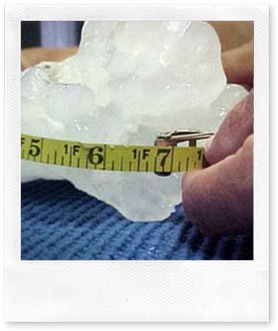THE CHUNK SIZE PEOPLE PATTERN™ – PART II
 In the last article, I briefly introduced the concept of how much is enough when it comes to the scope and depth of your communication as it relates to sales. As I explained, one of the biggest challenges in communication is to know when enough is enough in terms of the level of details which you are giving or not. The question of when enough is enough can be understood and explained by the Chunk Size™ People Pattern of the Information People Pattern™.
In the last article, I briefly introduced the concept of how much is enough when it comes to the scope and depth of your communication as it relates to sales. As I explained, one of the biggest challenges in communication is to know when enough is enough in terms of the level of details which you are giving or not. The question of when enough is enough can be understood and explained by the Chunk Size™ People Pattern of the Information People Pattern™.
The two components that correspond to Chunk Size People Pattern™ are 1) global and 2) specific. They correspond to the two ways in which we take in information and communicate it back. Global people look for the broad overview and specific people look for details. These two opposing viewpoints represent both sides of a continuum that have inherent challenges in communicating with the opposite orientation.
This becomes obvious in sales and is one of the reasons that a knowledge and application of this pattern can certainly influence your sales in a positive way. So to best utilize the Chunk Size People Pattern™ in sales, it is important to be aware of how much information you are giving and to what type of individual you are giving the information. (And, of course, most important is knowing when to stop talking once you’ve made the sale.) The general rule is to match specific to specific and global to global. If you are dealing with someone one on one, it is easy to tailor your communication based on whether the person is global or specific in orientation. If you are involved in on line sales, then it would be best to have both aspects covered.
So how do you customize your communication to fit each type?
If you are selling to a global buyer, what you have to do is to present an overview of your product or service and forget the details. With global customers or prospects, you want to avoid sequences. Also, be sure to use generalities. As soon as you delve into details, you are going to lose the customer and you won’t make the sale. Be prepared to handle general objections and to deal with them broadly. And for the close, it is important that you keep it general. Keep your language simple throughout your interaction when dealing with global customers or prospects.
With specific customers, the opposite is true. With this type of person, you must be prepared to present lots of details about your product or service. Be sure to avoid using simple sentences. Furthermore, be certain to make your presentation sequential. If you resort to using fluff, you will instantly turn off the specific buyer. When it comes to handling objections, be ready to handle specific objections and avoid generalizations. And for the close, it is important that it be explicit. Make sure that the specific customer or prospect understands that you are asking him or her to now buy your product.
As for complaints, global buyers tend to dislike a product overall and not just an aspect of the product. Specific buyers tend to have specific complaints about some feature of the product with which they are not satisfied or with which they are not happy. With an understanding of the Chunk Size People Pattern™, you will be better equipped to deal with complaints should they arise.
Remember that specific people never have enough information. They want more and more details so with them you chunk down and provide the trees for the forest. Global people are interested in the big picture. They are satisfied with less and can be told too much if you are not aware. So with them you chunk up and provide the forest for the trees.
Thus, the key in applying the Chunk Size People Pattern™ in a sales context or to any communication for that matter is to know what level of information will satisfy the other person. This means knowing at what level to chunk the information. This means knowing when enough is enough or not enough.
This is by Marilyne Woodsmall Author of “Personality Language”
You can find more information about her here.
One Response